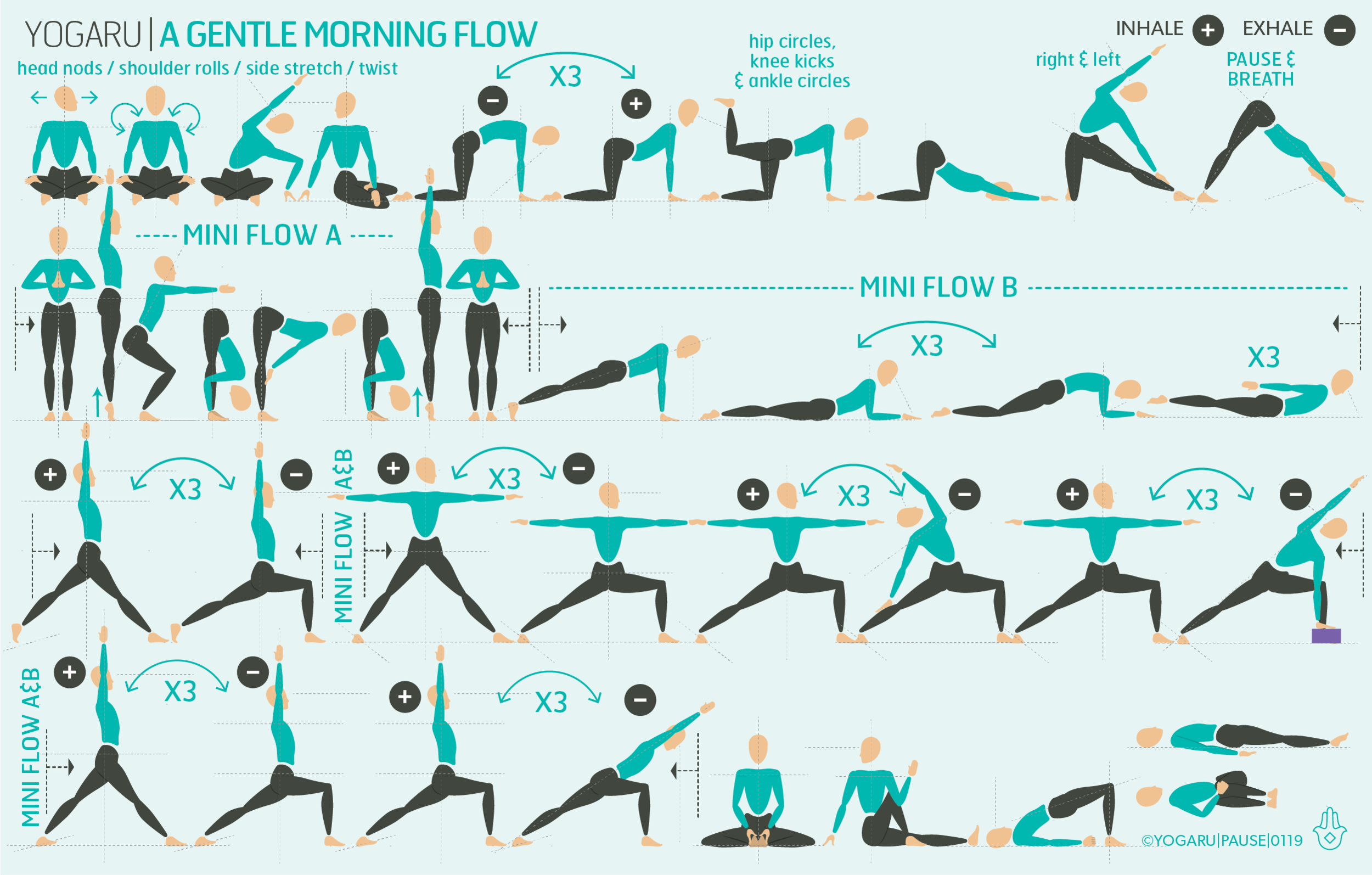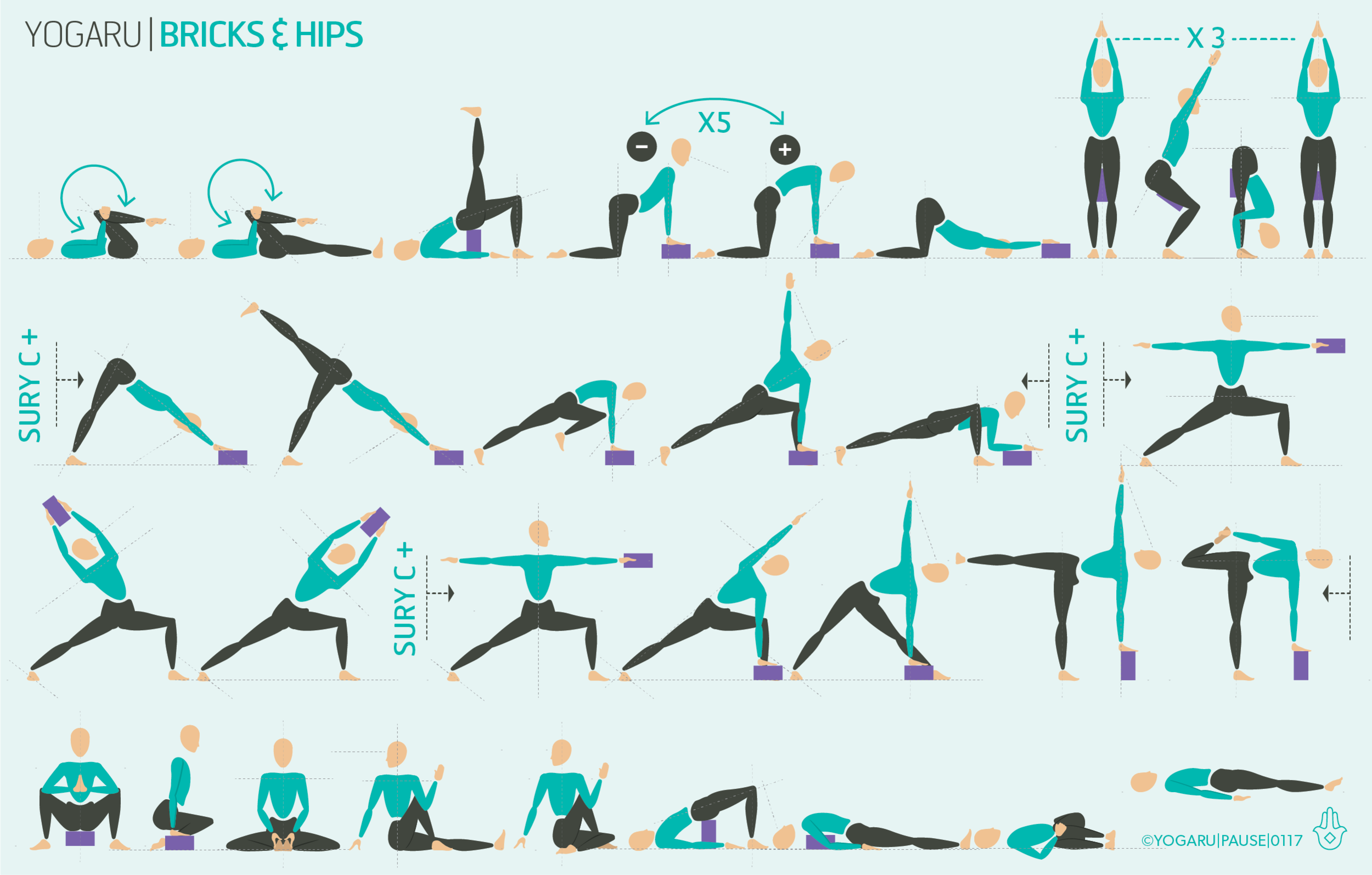FLEXIBILITY V’S MOBILITY
Yoga gets typecast as being all about flexibility. Yoga is not a measure of how far you can touch your toes, it is about finding mobility movements that suit you in order to keep your body moving freely in your everyday activities with longevity. Think of how a hinge works. If you repeatedly push the hinge to its furthest points it will eventually snap. On the other hand, if you don’t move the hinge at all it will get very stiff. The hinge works best when it is kept moving fluidly - the hinges of the body are no different, to work optimally they like to be regularly moved. A hinge might need oiling every now and again, but as an added bonus our clever bodies have their own built in oiling system, as long as we keep our hinges moving.
It is important to understand the difference between what is challenging but valuable for you and what might not be suitable for you. A bit of a challenge is a good thing to help maintain and build mobility and stability, and help you feel strong and well in your everyday movements, but you should feel safe within this challenge. When you find something challenging ask yourself ‘will this movement help me in my life off the mat and is it suitable for me’ – learning how to safely get up and down off the ground is a valuable life skill, working on your balance in standing poses is a valuable life skill, doing fancy picture perfect yoga poses is not a life skill!
EXPLORING SENIOR MOBILITY IN YOUR PRACTICE
This sequence is designed to help you work on your balance, keep your joints moving, maintain bone density and build muscle strength. It will gently move your spine in all directions to help spinal health and ease out any held tension. It will also help you beyond your physical body. Movement, yoga in particular, is very good for building focus, concentration and all round mental health.
We all have areas of tenderness or stiffness that need an extra bit of care and attention. The best way to approach this is to bring them onto the mat with you as part of your practice that needs to be considered rather than a hindrance. Moving slowly as you practice will give you space to listen to your body for feedback on how it is reacting to the practice. A slow practice will also build better strength and stability to all the muscles and joints of your body.
There is a lovely principle in yoga of ‘Sthira & Sukham’ which means ‘effort and ease’. Look for the effort and the ease in each pose and in each transition between poses. Take as many breaks as you need. Taking a break gives your body the chance to assimilate all the wonderful benefits of each pose in the practice and is never considered a failure of stamina in yoga.
This sequence will teach you how to get up and down from the ground. If this is difficult for you at the start place a chair at the top of your mat and use it to help support you. Props are very much a part of the yoga practice and are used in many poses to help adjust a pose to suit the student.
ALIGNMENT CUES
On the first row of the sequence you will find a guide for ‘coming down’ and ‘getting up’ from the ground. To come down to kneeling , bend your knees and press both hands into your right knee, step your left foot back and gently bring the left knee down to the ground. Then place both hands on the ground, step the right foot back and bring the right knee to the ground to a kneeling position. To get up from kneeling, step your right foot forward between your hands, press both hands onto the right knee, lift your left knee up and when you are ready step the left foot forward. Visit my YouTube channel to see a practice tips tutorial on getting up and down from the ground and how to incorporate a chair to help you if needed. Use these through your practice to help you come down and get up as needed. You will also find a ‘½ Sury’ these are optional extras at the start of each mini flow. Start your practice by coming down to the ground and lying on your back, with your hands on your belly, and take a few rounds of Viloma breath. Viloma breath breaks the exhale into three and helps to naturally lengthen the breath without tension – inhale completely, then exhale, pause, exhale, exhale pause the full breath. Take two to three regular breaths to prepare you for your movement practice.
You can practice the whole sequence or dip into a few of the mini flows which are indicated by arrowed lines.
You flow through these connected poses on the right side first (right foot forward) and then take those poses on the left side (left foot forward).
If you encounter a pose that doesn’t feel right for you simply skip it and move onto the next pose.
As you move try not to get caught up too much on whether it should be an inhale or an exhale, just don’t forget to keep breathing!
If there is a pose that you’re not sure of you can find all 108 poses in my asana section. You can narrow down your search by clicking into the asana families in the bar on the right.
Take plenty of rests during the practice in either Balasana/Child’s Pose or Tadasana/Mountain.
Take a few minutes at the end of your practice in Savasana/Corpse to give yourself a chance to get reenter your day.
To save the images for personal use click and hold down the image until the ‘save image’ option appears; on Mac hold down ‘control’ and click the image to get the option box; on PC right click on the image to get the option box. Scroll down in the ‘option box’ and click ‘save image’.
Ruth Delahunty Yogaru




